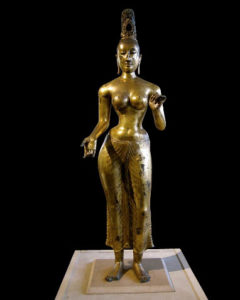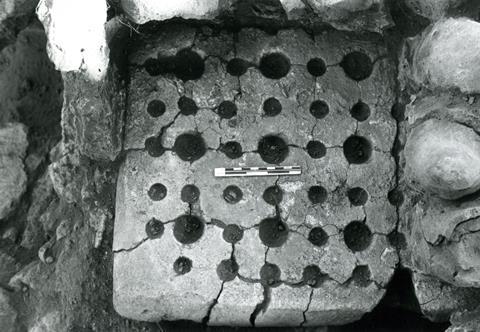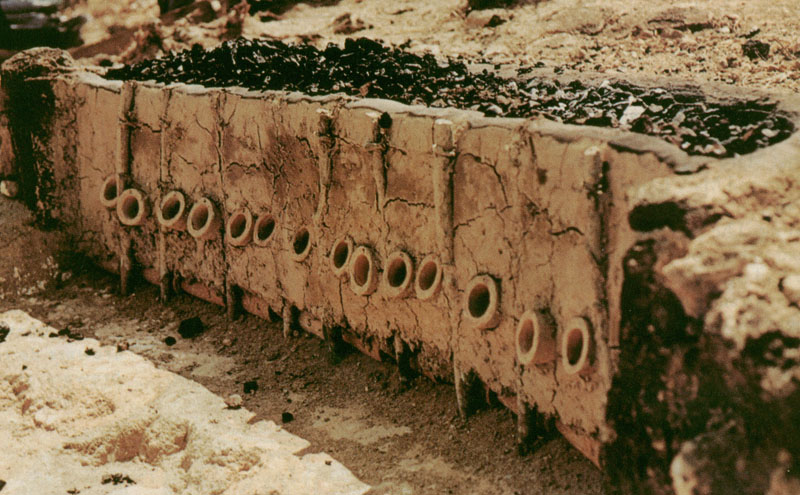An interesting article, very pertinent for the current economic mess in the world. Maybe Zachary can weigh in.
Excerpts
Michael about his Forthcoming book Forgive Them Their Debts: Credit and Redemption that comes with an astounding re-reading of the Bible and the true meaning of the life and persecution of Jesus. Based on scholarly breakthroughs in decoding ancient languages, it places a debt cancellation message inherited from Babylonian times at the center of Mosaic law and the Jewish Bible. And when it comes to Jesus, his message is revealed to be a social justice message. Through the lens of this reinterpretation, Jesus was actually an activist advocating for debt cancellation. He died not for the sins of the people but for their debts.
In Sumer, and Babylonia, around 2500 B.C., and every new ruler, when they would take the throne, would start his reign by canceling the debts. In Sumer, the word for that was amargi, in Babylonian the word during Hammurabi’s dynasty was andurarum.
Hebrew deror, is a cognate to Babylonian andurarum, and the Jubilee year was word-for-word exactly the same debt cancellation and freeing of the bond servants and restoration of land that you had occured for 1,000 years in the Near East, and was still occurring in the first millennium BC.
What I realized is that when Luke 4 reports the first speech of Jesus, when he goes to the temple and gives a speech, his first sermon, he unrolls the Scroll of Isaiah, and said he has come to essentially proclaim the Jubilee year …. The word he used, and that Isaiah used, the deror, was this Babylonian, Near Eastern long tradition that was common throughout the whole Near East.
Business debts were not forgiven. The debts that were forgiven were personal debts, agrarian debts, and the idea was to liberate the bond servants so that they could be available to perform the corvée labor, which was the main kind of taxation in the Bronze Age, and serve in the army. If you were a debtor and you were a bond servant to a creditor, you wouldn’t be available for corvée labor, you’d be working (for) the creditor, you wouldn’t be available for the army.
The Romans were the first society not to cancel the debts, and there was civil war over that. A century of civil war from 133 BC, when the Gracchi Brothers were killed by supporting the population, to 29 BC when Augustus was crowned. There was a civil war where the advocates of debt cancellation were put to death. Just as Cleomenes in Sparta, in the late third century, was put to death, and Agis, his predecessor earlier in the third century BC, were put to death for advocating debt cancellation. So there was three centuries of constant civil war over this, and ultimately the creditors won, largely by political assassination of the advocates of debt cancellation, who almost all came from the upper class. They were upper class reformers, they were not lower-class particularly. They were the scholars, just as Jesus was a rabbi.
Most debts did not occur from lending money. It’s easier today to figure if you have a debt, you must have borrowed it. But three quarters of the debts in Babylonia, for instance, where we have records because they were on clay, cuneiform records that were baked and have survived, most debts were simply unpaid bills. The debts were unpaid taxes, unpaid debts, unpaid rent, and unpaid obligation for services that had been supplied.
And so Judaism took the debt cancellation out of the hand of kings, where it had been in the Near East, and put in the very center of their religion. In Leviticus 25, again and again the prophets would say, “We’ve freed you from bondage, and if you’re going to maintain Judaism, you have to respect the debt cancellation.” And the Biblical prophets warned, if you don’t cancel the debts, you’re gonna be canceled. By Assyria, by Babylonia. And they blamed the capture and destruction of Judea and Israel on the fact that they had veered away from the law of God and did not cancel the debts.
Tribes: When does the concept of a general debt cancellation disappear historically?
Michael: I guess in about the second or third century AD, that was downplayed in the Bible. And you had, after Jesus died, you had first of all St Paul taking over, and basically Christianity was created by one of the most evil men in history, the anti-Semite Cyril of Alexandria. Who decided to gain power by murdering his rivals, the Nestorians, by convening a congress of bishops and killing all of his enemies. Cyril was really the Stalin figure of Christianity, killing everybody who was an enemy, organizing pogroms against the Jews in Alexandria where he ruled.
And it was Cyril that really introduced into Christianity the whole idea of the Trinity. That’s what the whole fight was about in the third and fourth centuries AD. Was Jesus a human, was he a god? And essentially you had the Isis-Osiris, ISIS figure from Egypt, put into Christianity … The Christians were still trying to drive the Jews out of Christianity. And Cyril knew the one thing the Jewish population were not going to accept would be the Isis figure and the Mariolatry that the church became. And as soon as the Christian church became the establishment rulership church, the last thing it wanted in the West was debt cancellation.
Tribes: Has any modern society declared a Jubilee without a revolt of the creditor class?
Michael: Yes. There was a wonderful debt cancellation, the major debt cancellation of the modern era was in 1947 and 48, the German monetary reform, called the German economic miracle. The Allies canceled all German debts, except for debts owed by employers to their employees for the previous month, and except for minimum bank balances. It was easy for the Allies to cancel the debts, because in Germany most of the debts were owed to people who had been Nazis, and you were canceling the debts owed to the Nazis, the Nazis were the creditors at that time. And that freeing Germany from debt was the root of its economic miracle. So that is the prime example of a debt cancellation in modern times that worked.
More at https://www.nakedcapitalism.com/2018/04/michael-hudson-bronze-age-redux.html







